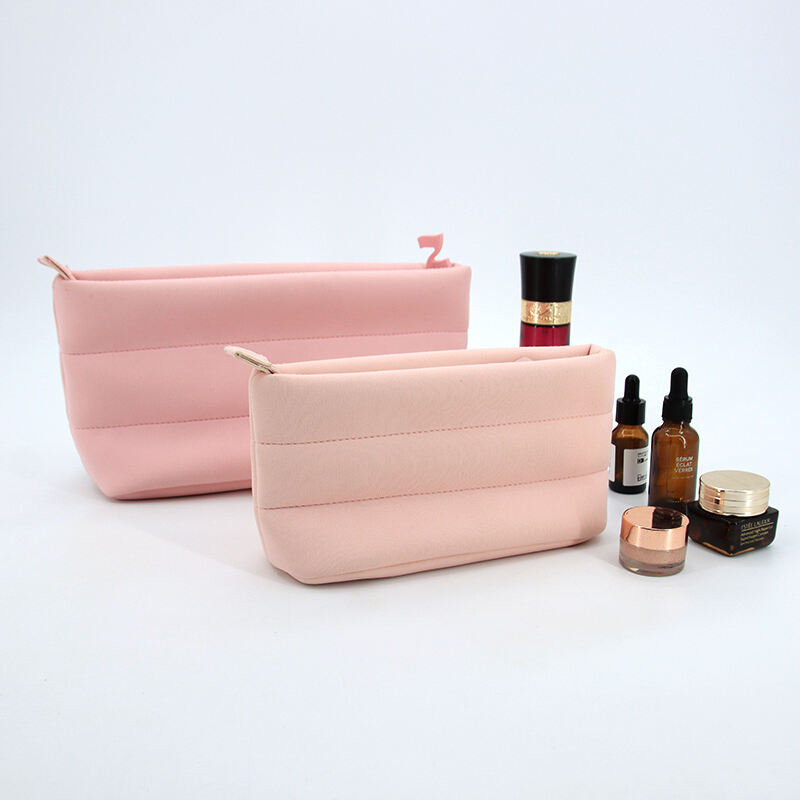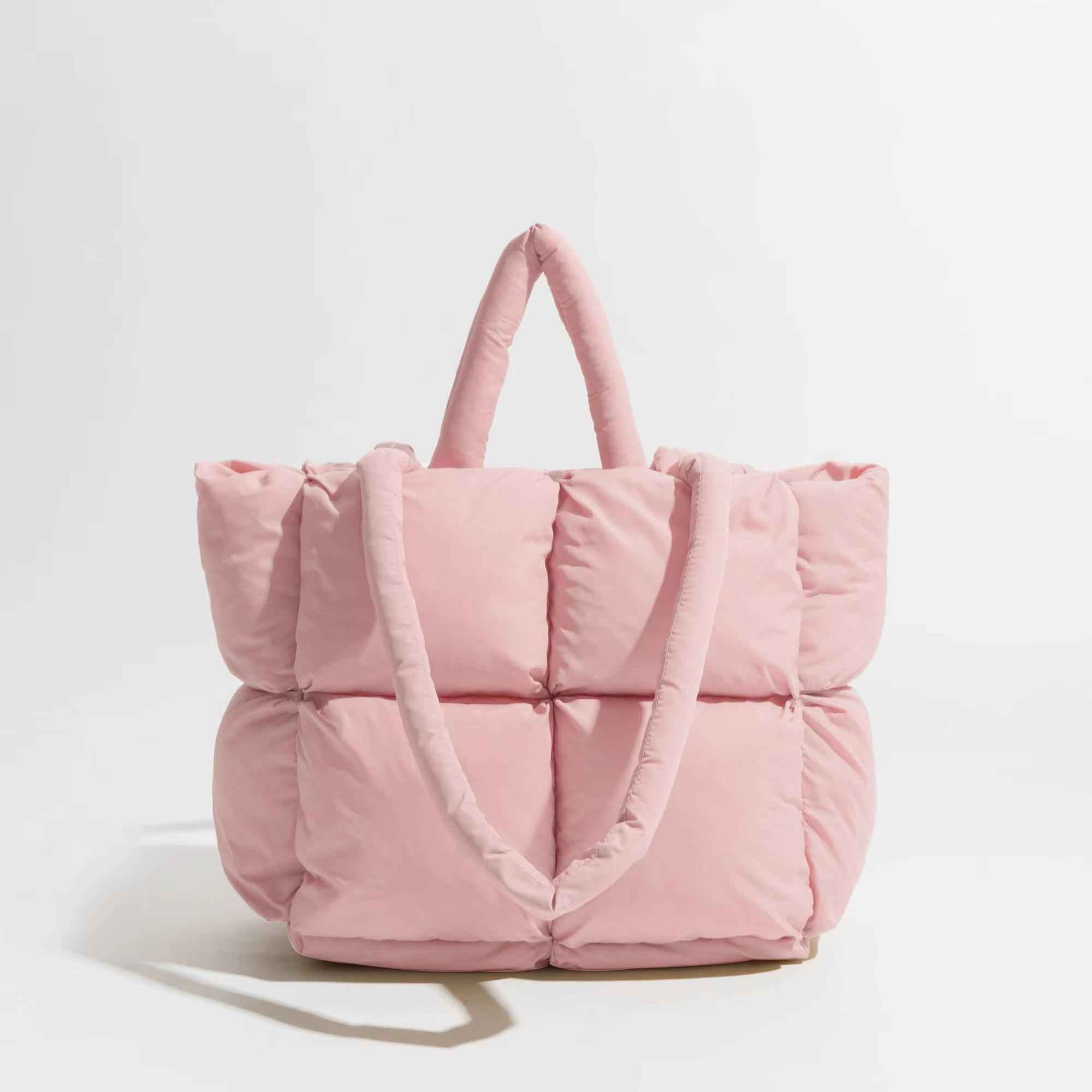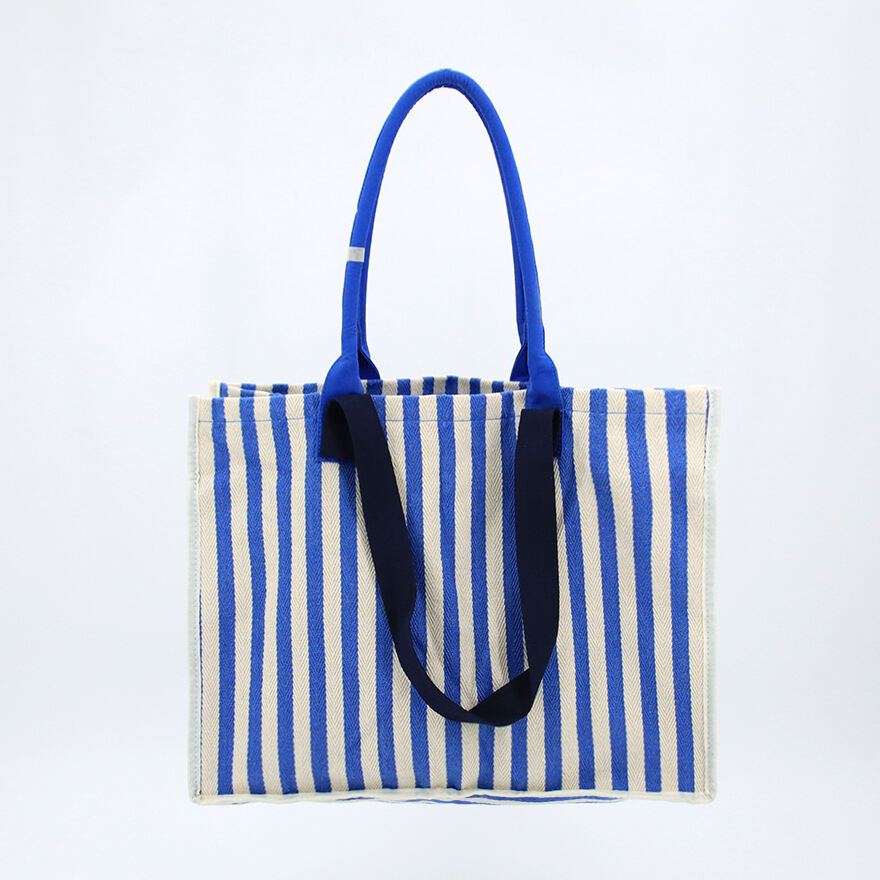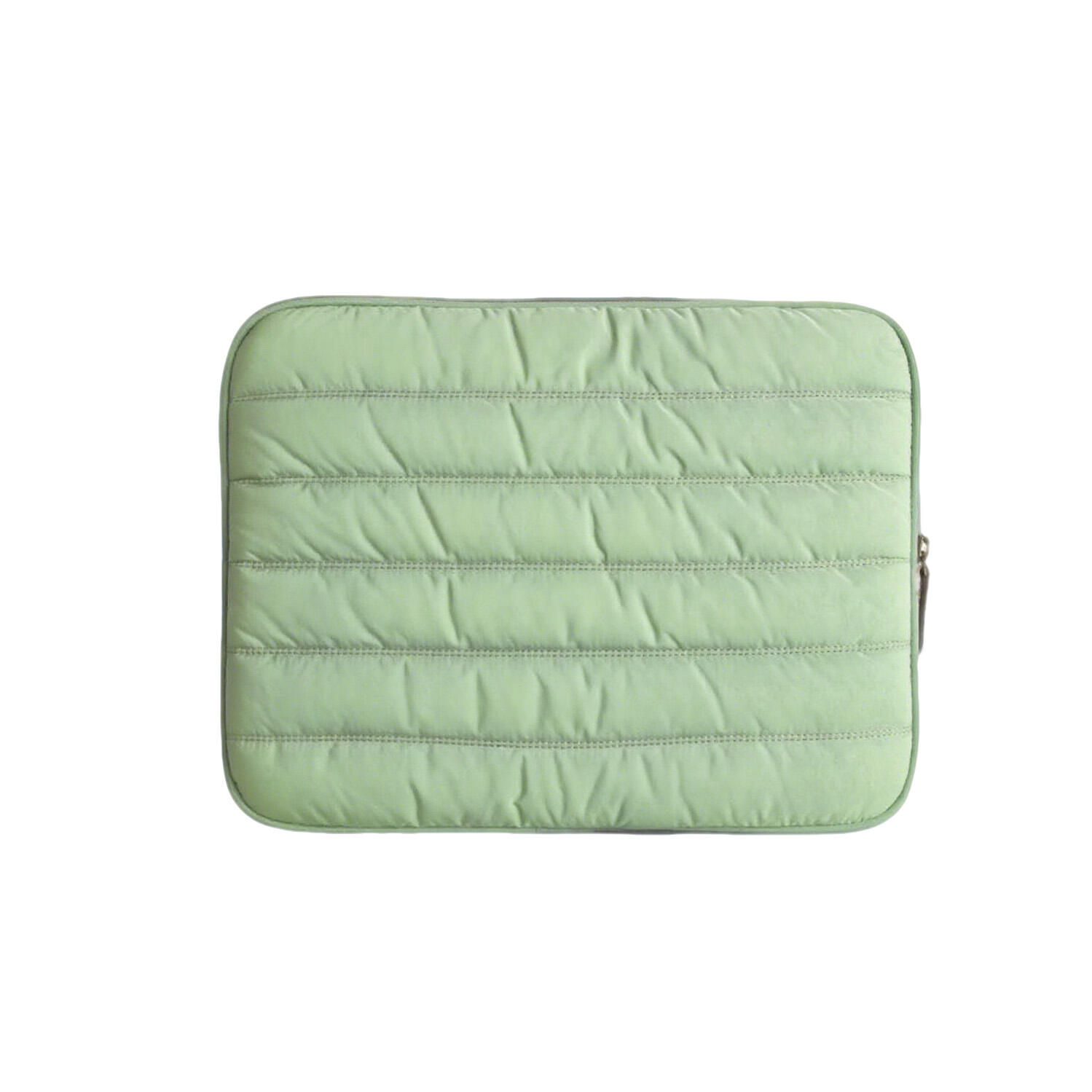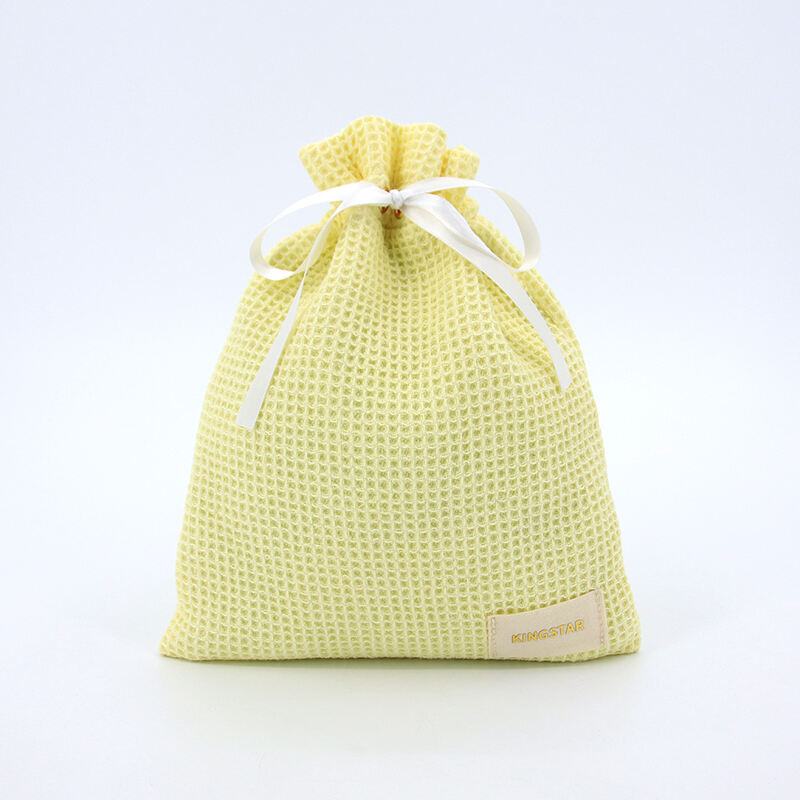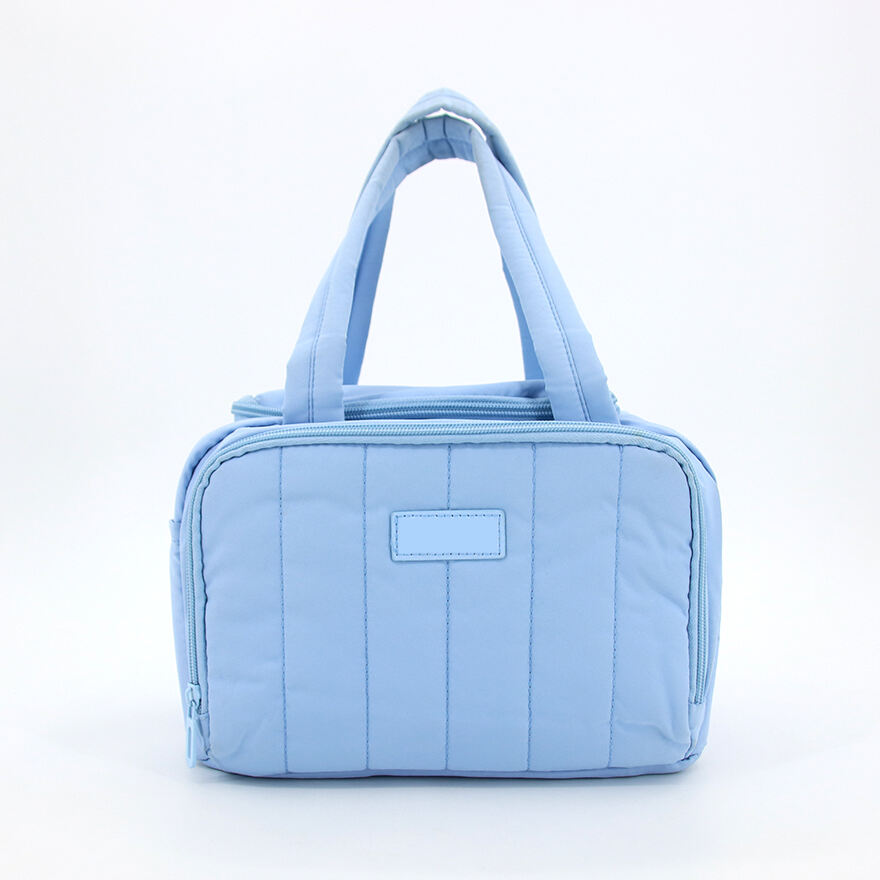What Is Recycled PET (RPET)?
RPET, often referred to as "Coke bottle eco-friendly fabric," is an innovative green textile crafted from yarn made by recycling PET bottles. Its low-carbon origin has introduced a fresh perspective to the recycling industry. Today, textiles produced using these "recycled Coke bottle materials" are manufactured entirely from recycled resources—materials that can be further processed into PET fibers. This not only gives new life to waste but also significantly cuts down on overall waste generation.
Why Should We Promote RPET?
The core drivers behind promoting RPET lie in its remarkable environmental protection and energy-saving benefits:
1. **Reduced Emissions & Energy Savings**: RPET fabric is derived from recycled Coke bottles. The production process involves crushing these bottles into flakes, followed by drawing and other processing steps. Notably, this recycling-based approach allows for repeated material reuse and effectively lowers carbon dioxide (CO₂) emissions. Compared to the traditional manufacturing process for polyester fibers, RPET production saves nearly 80% of energy.
2. **Less Oil Dependence**: RPET yarn reduces reliance on petroleum—a non-renewable resource. For every ton of finished RPET yarn produced, approximately 6 tons of oil are conserved. This not only eases pressure on oil reserves but also helps reduce air pollution and contributes to curbing the greenhouse effect.
3. **Tangible Environmental Impact per Bottle**: The eco-benefits of RPET start with a single plastic bottle. A standard 600cc plastic bottle, when recycled into RPET, translates to:
- 25.2 grams of carbon reduction
- 0.52cc of fuel savings
- 88.6cc of water conservation
4. **Retained Advantages with Fewer Risks**: RPET products inherit the key strengths of traditional PET products, such as being thin, lightweight, durable, and having good transparency—all while remaining recyclable. Crucially, since the production process skips the step of refining crude oil (a core part of conventional PET manufacturing), the carbon footprint of RPET reprocessing is significantly smaller, and the risk of other forms of contamination is greatly reduced.
RPET Production Process & End Products
The journey of a discarded plastic bottle to a usable RPET product follows a clear, eco-focused workflow:
1. Bottle quality inspection and sorting (to ensure only suitable materials enter production)
2. Crushing sorted bottles into PET flakes
3. Drawing the flakes into yarn, with cooling and collection steps
4. Spinning the recycled PET yarn into fabric
These RPET fabrics then transform into everyday items that seamlessly fit into daily life—think makeup bags, shopping totes, backpacks, and handbags. The next time you pick up an eco-friendly bag, it might very well be made from the plastic bottle you recycled earlier!
While the influence of a single small business may seem limited, every piece of RPET fabric we create—driven by our commitment to sustainability—adds up to a meaningful contribution to the global environment. Protecting our planet is not a task for one, but a collective effort that requires all of us to participate.

